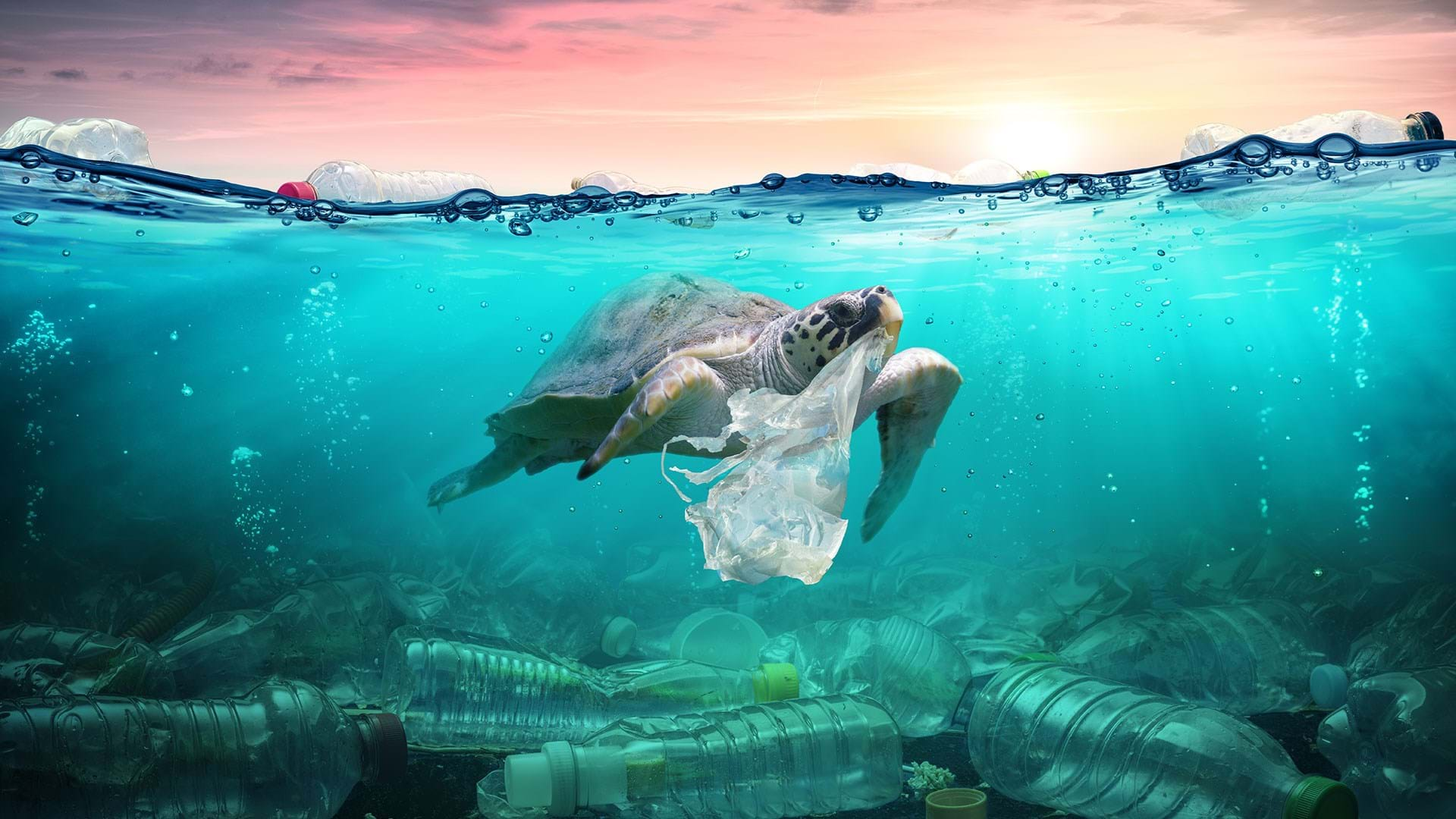
The Threat of Plastic Pollution in Rivers: A Menace to Human Health
Plastic pollution is a global crisis that has far-reaching implications for the environment and human health. A recent study conducted in the UK has revealed a disturbing connection between plastic waste in rivers and the potential transport of hazardous microbes, raising significant concerns for public health.
The research, led by Vinko Zadjelovic from the University of Antofagasta in Chile, focused on the River Sowe in Warwickshire and West Midlands, downstream from a wastewater treatment plant. The findings indicated that discarded plastic, along with wooden sticks and the water itself, creates an environment conducive to the proliferation of microorganisms. These microorganisms could potentially serve as a reservoir for bacteria and viruses responsible for human diseases, as well as antibiotic resistance.

According to the study published in the journal Microbiome, infections related to antibiotic resistance claimed an estimated 2.7 million lives worldwide in 2019. By 2050, this number is projected to surge to 10 million deaths if the issue is not addressed urgently.
The researchers observed substantial variations in the microbial communities based on the material sampled. Water samples collected in February 2020 contained human pathogens like Salmonella, Escherichia coli (E. coli), and Streptococcus, highlighting the urgent need for more rigorous monitoring of wastewater treatment plants.
Furthermore, the study revealed that plastic and wood samples attracted "opportunistic" bacteria such as Pseudomonas aeruginosa and aeromonas, which pose a risk to individuals with compromised immune systems. P. aeruginosa, known for causing infections in hospital patients, was nearly three times more abundant on "weathered plastic" compared to wood. Additionally, weathered plastic exhibited a higher prevalence of genes associated with antibiotic resistance.
The study's findings underscore the urgent need for comprehensive measures to address the issue of plastic pollution in rivers. It is estimated that rivers contribute an annual 3.5 thousand to 2.41 million metric tons of plastic waste to the world's oceans, emphasizing the critical role of rivers in the global plastic pollution crisis.
In recent months, British water companies have faced criticism for discharging raw sewage into the country's waterways and underreporting pollution incidents, triggering public outrage. This highlights the pressing need for stricter monitoring of wastewater treatment plants and enhanced awareness of the environmental and health risks associated with plastic waste in aquatic ecosystems.
The study serves as a wake-up call, emphasizing the imperative for immediate action to mitigate the impact of plastic pollution on human health and the environment. It is crucial for policymakers, environmental agencies, and the public to work together to implement effective measures to combat plastic pollution in rivers and safeguard the well-being of current and future generations.
Here are some statistics to complement the blog:
- In 2019, infections related to antibiotic resistance claimed an estimated 2.7 million lives worldwide. By 2050, this number is projected to surge to 10 million deaths if the issue is not addressed urgently.
- Rivers contribute an estimated 3.5 thousand to 2.41 million metric tons of plastic waste to the world's oceans annually, highlighting the significant role of rivers in the global plastic pollution crisis.
- The water samples collected in February 2020 contained human pathogens like Salmonella, Escherichia coli (E. coli), and Streptococcus, emphasizing the urgent need for more rigorous monitoring of wastewater treatment plants.
- Pseudomonas aeruginosa, known for causing infections in hospital patients, was nearly three times more abundant on "weathered plastic" compared to wood. Additionally, weathered plastic exhibited a higher prevalence of genes associated with antibiotic resistance.